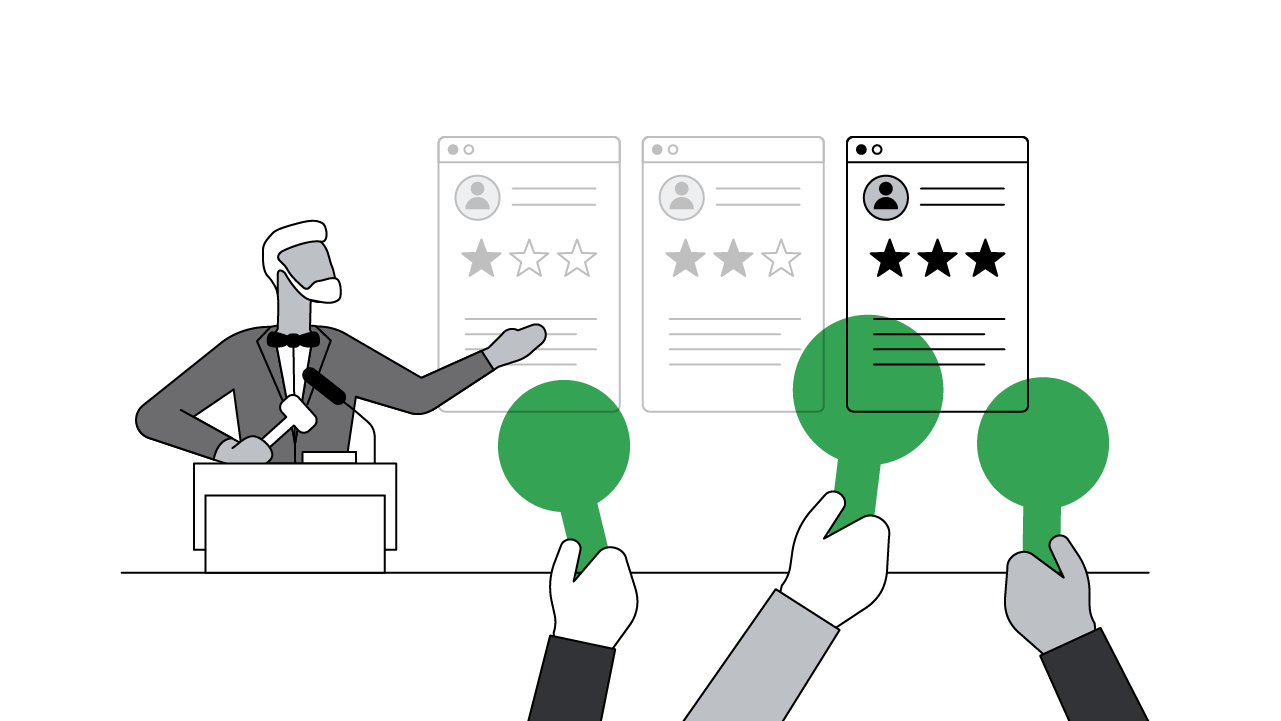Hélène Vincent is head of performance marketing at ManyPets, formerly known as Bought By Many. Kerry Hughes oversees Performance Max campaigns for the fast-growing pet insurance company.
If you’ve bought a new pet recently, you’re not alone. Since the start of the pandemic, 3.2 million households in the U.K. have done so — and many of those new owners are from a younger generation that manages their financial and insurance needs largely online.
At ManyPets, formerly known as Bought By Many, we’re digitising every step of the customer journey with the aim of making the pet insurance experience better for everyone. We’ve grown rapidly, but we know there’s still plenty of demand out there – it's estimated by Association of British Insurers that only 45% of U.K. cat and dog owners currently hold insurance policies for their pets.
As a business, we don’t want to miss any opportunities for growth, so we’re always keen to explore and test new advertising formats and technology. Last year, we embarked on a test of fully automated Performance Max campaigns. Here, we share the results and our three key lessons.
With Performance Max we’re able to use different channels to engage with users at various stages of the funnel.
More growth without adding complexity
Online visibility is paramount for discovery and brand awareness in the pet insurance sector, as it is in many others. We wanted to acquire — and retain — as many relevant consumers as we could at the best possible cost.
Previously, we’d focused on Search and YouTube as our main platforms for growth, but we wanted to diversify to other performance channels. This was to ensure we were ready to capture demand when and wherever it showed up. If we weren’t present, we knew our competitors certainly would be.
Manual solutions and siloed campaigns didn’t fit with these ambitions, putting too much demand on the team’s time and reducing the agility we needed for international growth. The main appeal of opting for Performance Max campaigns was having access to an extensive ads inventory from a single automated campaign, all optimised to our conversion goals.
Switching from siloed campaigns to a multi-channel strategy
From awareness all the way through to retargeting, with Performance Max we’re able to use different channels to engage with users at various stages of the funnel.
We upload our creative assets, set our conversion goals — in our case cost per acquisition (CPA) — then let the machine-learning perform and acquire customers. The campaign is optimised across all our channels, with bidding, budget, audiences, creatives, and attribution automatically adjusted to reach our goals.
By adding a goal-orientated multi-channel strategy to our siloed single-channel campaigns, we’ve been able to achieve our KPIs for both CPA and other growth metrics.
If we compare our campaign performance to before we switched to Performance Max, it’s a case of night and day. We’ve seen a 21% uplift in sales and a 20% improvement in CPA, plus our overall return on advertising spend had increased by 13%. It’s more than proved itself as an effective means in addition to traditional campaigns to drive growth.
3 actions to get the most from Performance Max campaigns

The level of automation on offer with Performance Max means there’s a lot less management required than other campaign types, but there’s still important work to be done from a team perspective. To get the most from your campaigns, here are three key actions we’ve put to the test:
1. Drive efficiencies with first-party data
Performance Max campaigns are empowered by the strength of your first-party data.
Inputting information on our existing policy-holders means Performance Max can help build lookalike audiences. The Customer Match tool has helped us identify similarities between existing customers across the network who may also like our products – we serve them relevant ads with the hope they become future customers.
We also exclude our existing policyholders from campaigns, which helps with our cost efficiency and prevents us engaging with people with messages from a brand they already know (and, hopefully, love).
2. Preparation is key
We do a lot of work before a campaign goes live: utilising all the assets we have available plus the maximum number of headlines and descriptions. This has really helped with performance.
It’s important to understand that machine learning works on volume. The more data, creative assets, and well-crafted messaging you can put in, the faster and potentially better the optimisation.
3. Test and learn approach
When we add new assets to a campaign, we always allow for a two-week learning period to assess efficiencies and effectiveness. That gives the machine learning time to optimise before we consider making any changes.
As with any campaign, you need a certain level of perseverance. To begin with, we extensively tested and incrementally increased our spend.
We still make manual edits, but overall we’ve saved an enormous amount of time, which can now be spent on higher-level strategic tasks that push the business forward.







